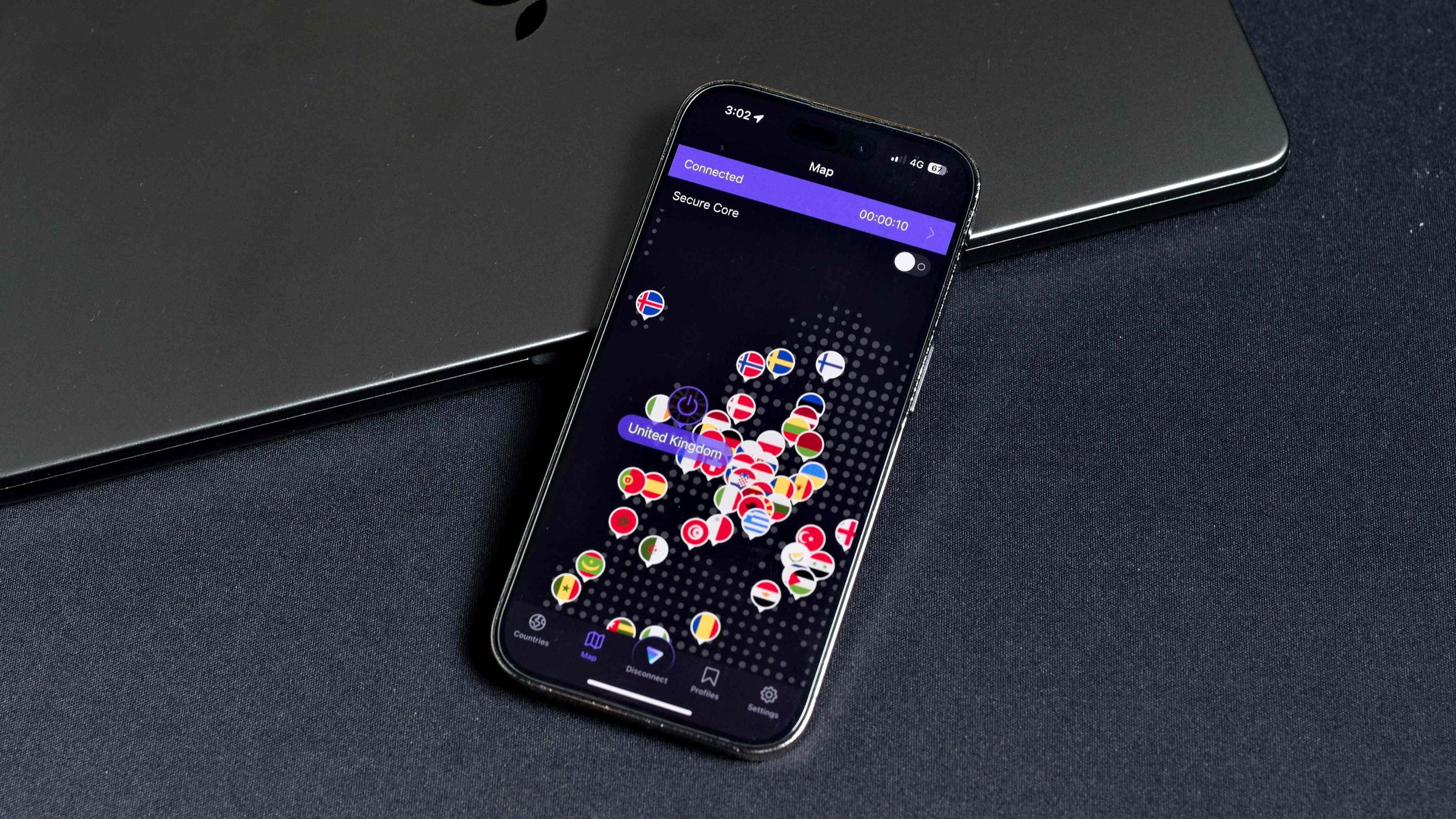Lanh Nguyen / Android Authority
TL;DR
- Samsung’s Galaxy XR headset has a hidden USB-C port under a cap on the right strap.
- The USB-C port works independently of the proprietary battery connector, so Galaxy XR can charge and use wired accessories simultaneously.
- Compared to Apple Vision Pro and Meta Quest headsets, Galaxy XR figures to handle wired accessories better thanks to the dedicated port.
Samsung is helping to usher in the Android XR platform with its first headset, known as Galaxy XR. It appears to take design cues from competitors like Apple and Meta, but has clear advantages of its own. Aside from supporting the full Google Play Store app ecosystem, Samsung’s Galaxy XR has another trick up its sleeve: a hidden, fully-featured USB-C port.
The subtle connector is covered most of the time, but after removing the cap on the headset’s right strap, users will find a USB-C port on the Galaxy XR, as discovered by UploadVR. Crucially, the USB-C port is separate from the Galaxy XR’s battery connector. The headset’s tethered battery connects with a proprietary pin system, opening up the USB-C port for use with other accessories.

The site tested the Galaxy XR’s USB-C port with Ethernet adapters, webcams, and gaming handhelds. While most users will likely keep the headset’s USB-C port stashed away primarily, the hardware connection for accessories might be crucial in certain applications. Gaming and other use cases that require low-latency internet connections will deliver a better experience over a cable than using a Wi-Fi network.
Don’t want to miss the best from Android Authority?


The existence of a standalone USB-C port on Galaxy XR enables new uses for the headset. Users will need the right cable to take advantage of all the possibilities, but using the Galaxy XR as a wired external monitor is possible.
Theoretically, many USB accessories should work with Galaxy XR, provided they have the right specifications and there is Android XR support for them. For example, using Galaxy XR as a display would require the host device and cable to support DisplayPort Alt Mode. Other accessories needing power might require a USB-C cable with Power Delivery (PD) support.
Samsung has an edge over extended reality competitors with Galaxy XR, thanks to its robust support for wired accessories. By comparison, Apple Vision Pro lacks a physical port. Users need to pay roughly $400 for a developer membership and the developer strap to add a USB-C port to their headset. Even then, consumer use cases are limited, since the strap is intended for developers.
Meta’s implementation is slightly better on Quest headsets. Those have a USB-C port for USB accessories, but that same port is used to power the headset. Meta Quest owners need to choose between keeping their headsets plugged into wall power or using USB accessories.
Samsung’s Galaxy XR now appears to be the only consumer headset in its class with a dedicated USB-C port for accessories — and that’s a nice touch.
Thank you for being part of our community. Read our Comment Policy before posting.









